Looking for a camera for bird and wildlife photography? You might want to take a closer look at the Micro Four Thirds system!
At first glance, the title might suggest this article highlights a few underrated cameras. In reality, it’s about the entire Micro Four Thirds (MFT) system being underappreciated, not just a few models. This applies to both Olympus/OM System and Panasonic cameras. Strangely, even within the MFT community, users and reviewers occasionally pit the two brands against each other, dismissing one as inferior—like labeling Panasonic menus as too simple or Olympus menus as overly complicated.
I’ve never owned a Panasonic camera, but I’ve heard claims that its menu system is more straightforward, while Olympus is often criticized for being overly complex. Personally, I disagree. I see Olympus menus as comprehensive, which isn’t the same as complicated.
Coming from Pentax and Fujifilm, I’ve learned that all camera systems have quirks, and you need time to adjust. Let’s be honest: if you’re an experienced photographer, you should have the technical understanding to navigate any menu system. Once you know what you’re doing, how can a menu feel “complicated”?
An even more interesting story is from the time when I was still working with Fujifilm, specifically the X-H1. At that time, I also had the very first Olympus E-M10, which I paired with an old manual OM Zuiko 300mm f/4.5 lens using an OM/M4:3 adapter. The E-M10 only had three-axis image stabilization back then, but when combined with the vintage Olympus lens, it produced better and closer photos than my X-H1 with its Fuji 70-300mm stabilized lens. This just goes to show how incredible Olympus’ image stabilization really is!
The Sensor Debate: Full-Frame vs. Micro Four Thirds
The most common criticism of MFT is its smaller sensor—because “full-frame is better,” right? Not necessarily. Full-frame users often argue they can crop more due to the larger sensor size. While this is true, it only holds if the camera has significantly higher resolution. In most cases, that means owning a high-end model like the Nikon Z7 II, Nikon Z8, Canon EOS R5, or Sony Alpha A7R V. Against the majority of 24 to 35 megapixel full frame sensors, the specialized sensor of the Micro Four Thirds (MFT) system often delivers results that are not just comparable but can even outperform them in certain scenarios. When factoring in the Field of View (FOV) crop, MFT proves it can hold its ground with confidence.
What many photographers overlook is that sharpness and quality depend more on lenses than sensors. A high-end full-frame body paired with a budget lens won’t deliver the best results – and that will be visible in sharpness and cropping. For example, in bird and wildlife photography, consider the NIKKOR Z 600mm f/6.3 VR S—an incredible lens, but it costs €6,500. Its Olympus counterpart, the 300mm f/4 Pro, costs one-third of that, is smaller, lighter, and delivers equivalent results with MFT bodies.
Take the Nikon Z8, which weighs nearly a kilo. Combine it with a premium lens, and you’ll have an exceptional kit—but also one that’s expensive, large, and heavy. The MFT system offers a lightweight, compact alternative without compromising on image quality, and you will encounter the same limitations and price differences with Canon and Sony.
It’s the Photographer, Not Just the Gear
At the heart of the issue is the underrating and dismissal of the MFT system, often by those unfamiliar with its capabilities. I can confidently say that Micro Four Thirds is fantastic for bird and wildlife photography. The results speak for themselves—but ultimately, the quality of those results depends on you, the photographer.
Below, I’ll list some Olympus/OM System cameras that, while often undervalued, are (still) fantastic options—and the criticisms they unfairly face.
The Olympus E-M10 Mark IV: Underrated Gem or Overlooked Treasure?
The Olympus E-M10 Mark IV—often referred to as the “Taylor Swift camera” thanks to its VIP associations—doesn’t get the credit it deserves. Sure, marketing a camera based on a celebrity endorsement might not scream “quality,” and some dismiss it as “uninspiring.” Reviewers often suggest upgrading to the E-M5 Mark III or OM-5 instead. But is that fair?
The truth is, the E-M10 Mark IV is a gem in its own right. No, it doesn’t have weather sealing—do you really need it? It also lacks a fully articulating screen. But otherwise, it offers nearly everything the pricier, sealed E-M5 and OM-5 provide, and at around 50–60% of the cost. Worth it? Absolutely, in my opinion – and certainly as a starter, backup or second camera !
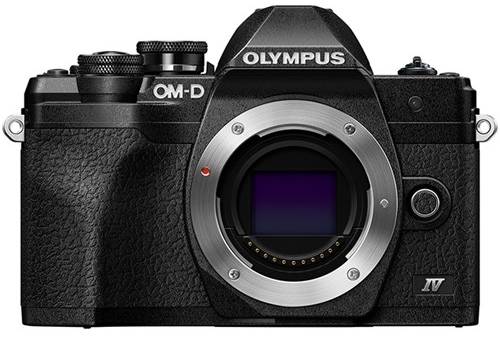
The OM System OM-5: Why It Still Makes Sense
The OM-5 often gets shrugged off by reviewers as “not worth the upgrade.” But here’s the thing—not everyone is looking to upgrade. Some just want a new camera, or a high end backup camera. With the E-M5 Mark III increasingly hard to find brand-new, the OM-5 becomes the logical choice.
And while the improvements might seem minor to some, they can make a real difference depending on your needs.
I still use its predecessor, the Olympus E-M5 Mark III, and if you take a look at the photos in my gallery, you’ll notice it’s the camera I use the most. While I do have the fantastic OM-1 Mark II, this small Olympus already has many of the specifications that make it a great camera for bird and wildlife photography. Plus, it’s incredibly compact, which is why it’s become one of my favorites.
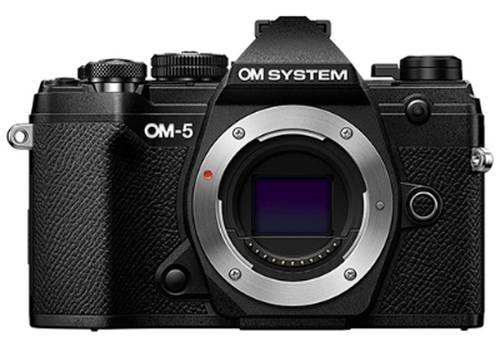
The OM System OM-1 Mark II: Stop Complaining and Embrace the Power
Many OM-1 Mark I users felt disappointed when certain upgrades they hoped for weren’t delivered through firmware updates. But let’s be honest—when is that ever not the case? If every improvement could be added through firmware, why would manufacturers bother releasing new versions of the same camera?
What’s ironic, though, is that while some reviewers and influencers have dismissed the OM-1 Mark II as just a “minor update,” the very features they criticize as insignificant are precisely the ones they complained were missing from the OM-1.
So yes, I get it—the announcement of the OM-1 Mark II caused some grumbling. But let’s face facts: finding a brand-new OM-1 Mark I has become nearly impossible. If you’re in the market for a fresh, top-tier camera, the Mark II is incredible – and that’s what a review should focus on—not the endless bickering about updates.
Take it from me—I own one. This camera is a powerhouse that delivers everything you’d expect from a flagship model and then some.
Do you need a backup camera? Here’s a smart idea: demote your existing OM-1 to backup duty and let this stunning flagship camera take the top spot as your new number one!
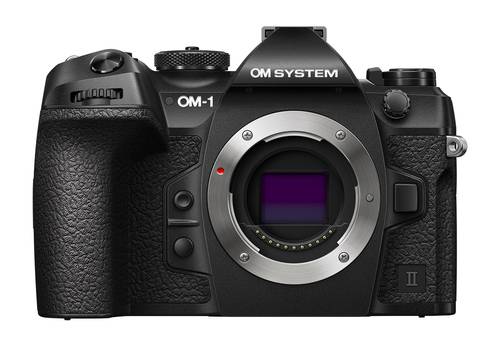
The E-M1X: Misunderstood or Ahead of Its Time?
The Olympus E-M1X has been labeled a “crime against micro four-thirds” by some critics. Harsh? Sure. But let’s unpack why it exists.
Long before the current craze for AI features, Olympus set out to build a camera that was incredibly powerful. The E-M1X includes integrated subject recognition for vehicles, trains, planes, and birds, plus the ability to handle two processors. Essentially, it’s like an E-M1 Mark III on steroids, with a built-in grip, extra battery, and doubled cutting-edge processing power.
To me, it’s still very much a micro four-thirds camera—just one with added muscle. It might not be for everyone, but if you appreciate what it offers, it’s a marvel of engineering.
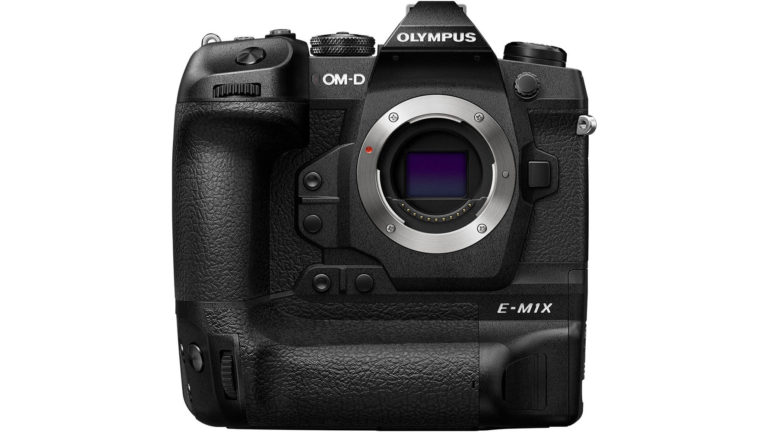
The key takeaway here is this: comparisons like Camera A vs. Camera B or reviews of cameras and lenses are often shaped by personal perspectives. This means they may not always be entirely fair or objective.
What matters most is being aware of this. Everyone has different needs and preferences when it comes to their gear. By looking at a product from a different angle, you might just discover something surprising or unexpected.
I don’t have any Sponsoring Companies, Patreon support, or Follower Donations.
I don’t drink Coffee, well, I do … but not the financial form you sometimes find on other websites, like ‘buy me a coffee’ 😊
However, what I truly need to keep going is Motivation, and the best part is, it won’t cost you a thing. You can offer it for free – just hit the Like button and Subscribe !
Some pictures are created with AI using Dall-E
Camera pictures courtesy of Olympus and OM System
Discover more from Open Source Photography
Subscribe to get the latest posts sent to your email.


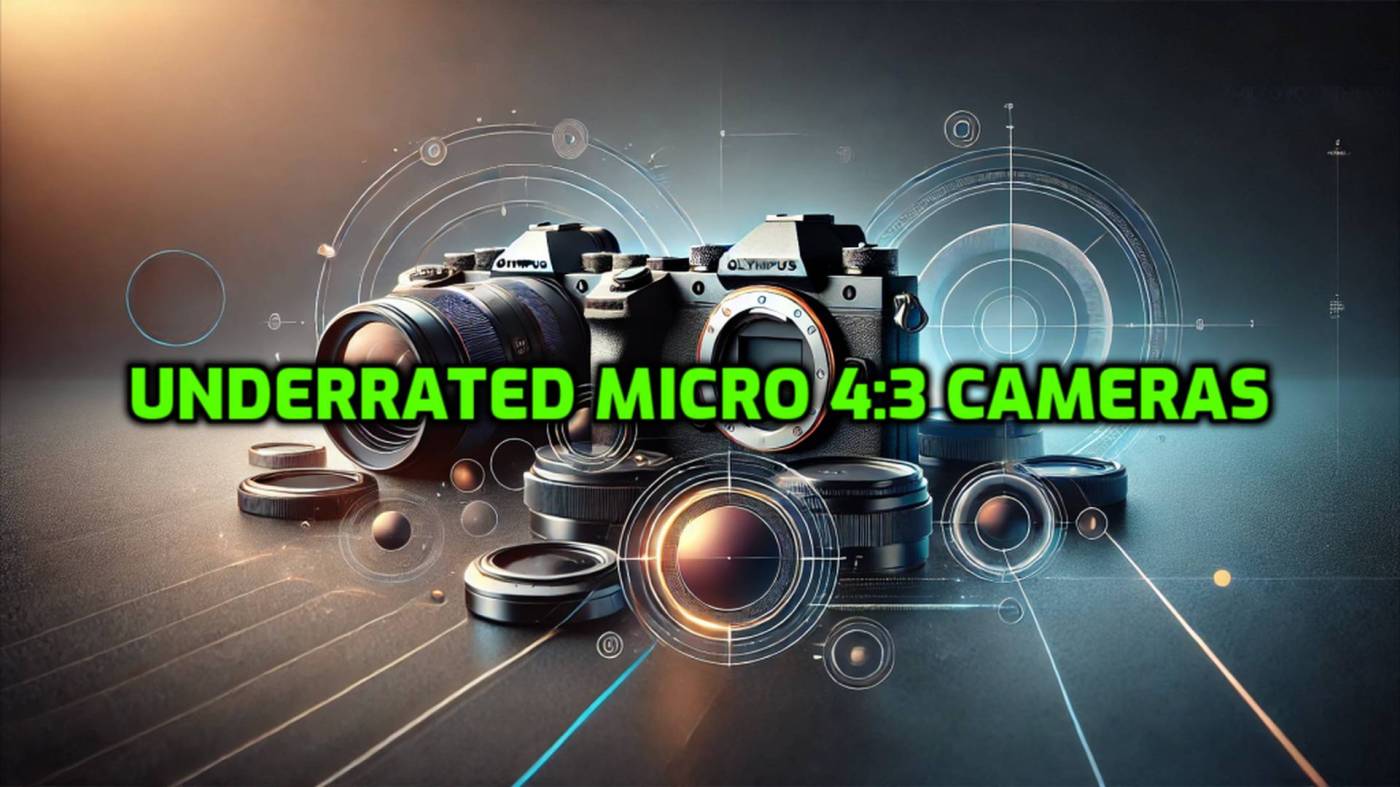

A few months back I did exactly as you suggested, purchased the OM-1 mk2, my original OM-1 is now the backup. Which I find critical when traveling. Now, if I look down and find my original body with the lens I want mounted there’s certainly no need to switch.
The gear has everything I need (actually much more) for wildlife shoots, except for the huge bags and aches and pains later.
LikeLiked by 1 person